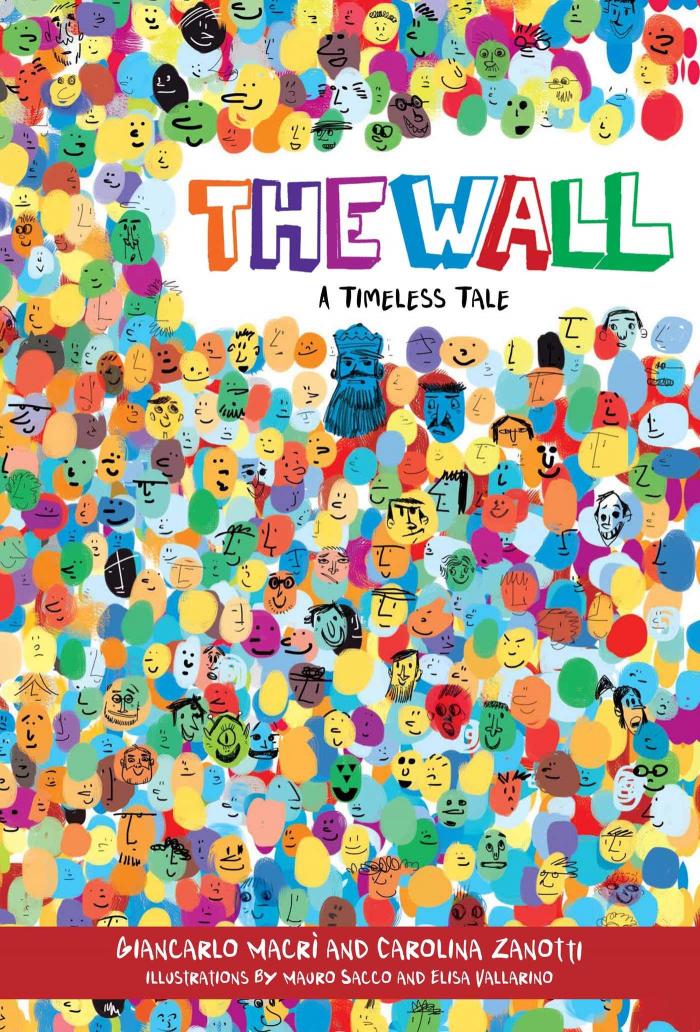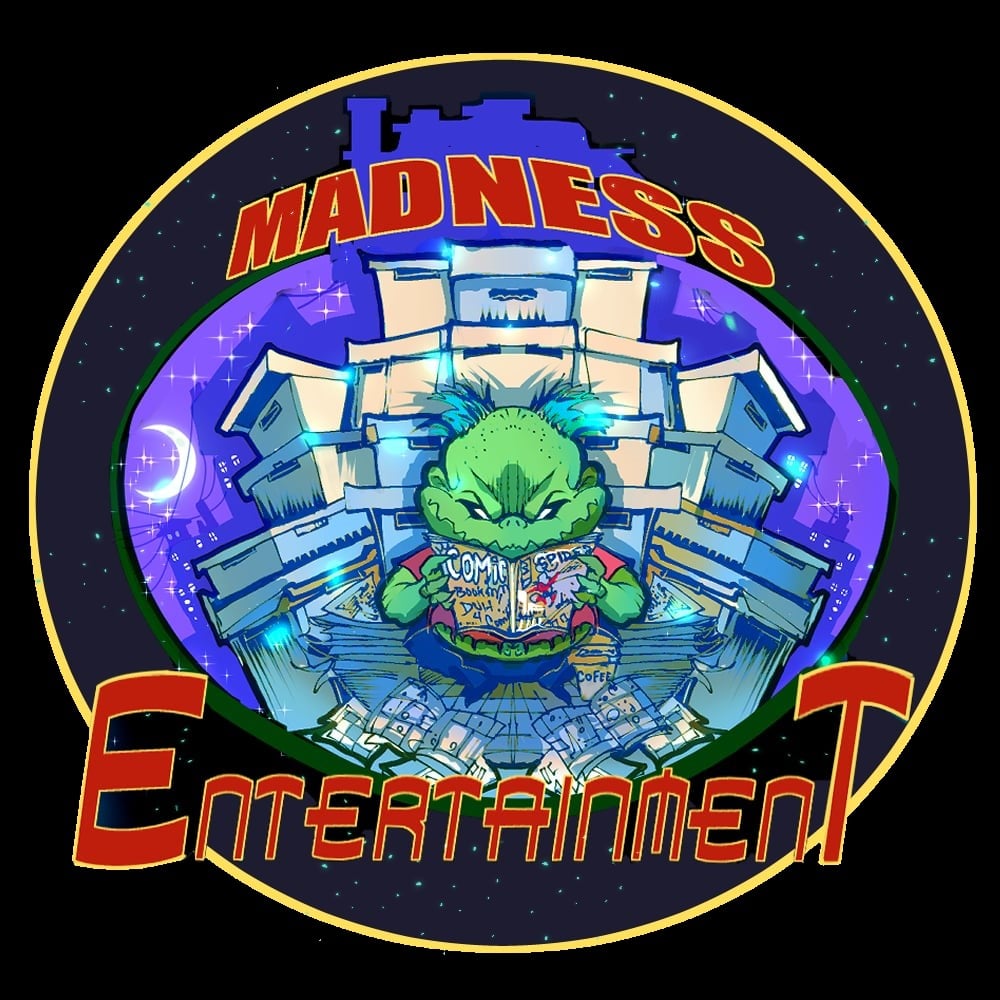Macri and Zanotti's The Wall Well-Intended, But Problematic
FTC Statement: Reviewers are frequently provided by the publisher/production company with a copy of the material being reviewed.The opinions published are solely those of the respective reviewers and may not reflect the opinions of CriticalBlast.com or its management.
As an Amazon Associate, we earn from qualifying purchases. (This is a legal requirement, as apparently some sites advertise for Amazon for free. Yes, that's sarcasm.)

In a colorful kingdom, the king takes a walk with his advisor, and discovers there are many people in the land who do not look like him. Wishing not to see them, he orders them banished, and when that is not enough, he calls for a wall to be built.
But he has already sent away the wall builders. Finding he needs them, he has them called back to do the work.
And that is the first flaw in Giancarlo Macri and Carolina Zanotti's children's book, THE WALL: A TIMELESS TALE, illustrated by Mauro Sacco and elisa Vallarino.
The story sets out with the noblest of intentions--to instill in children the lesson that people who look different are still people, and that they have talents and skills to be appreciated. Teaching children not to exclude based on looks is something all decent human beings want for the next generation.
Every page of THE WALL features a mosaic of doddled faces on roundish splotches of color, so that each double-paged spread looks like a child's version of a Matisse garden. It's eye catching, and it shows the diversity of the fabled kingdom.
However, where THE WALL starts to fall apart is when the king calls back people he had banished who had a particular skill set--and the pictorial representation results in all the people of a particular color returning. The unspoken implication is that the red people are all wall builders, and the green people are all gardeners. Ascribing a laborer caste to a color classification is, at least, problematic, well-intentioned or not.
At the mid-point of the book, a pop-up wall stands up, dividing the kingdom, disappearing near the end as the king finds he needs more and more skill sets and so calls back more and more colors of people who have that set.
 Now, I understand the mechanics. Color is an eyeball hook, and it's a simple way to focus a child's attention on the story. "Oh look, he needs this thing, so all the blue people who do that are coming back now." But it's also subtle stereotyping, and given that the entire plot hinges on the king's own self-reflective exclusionary preferences, mingling skills and colors is hard to get past.
Now, I understand the mechanics. Color is an eyeball hook, and it's a simple way to focus a child's attention on the story. "Oh look, he needs this thing, so all the blue people who do that are coming back now." But it's also subtle stereotyping, and given that the entire plot hinges on the king's own self-reflective exclusionary preferences, mingling skills and colors is hard to get past.
There could likely be a temptation here to use THE WALL as a way of explaining to children the politics of the US/Mexico border and the wall being built there to control immigration. This would be a tragic mistake, given that the king's wall was to force out citizens of his kingdom, not restrict access to the citizens of the neighboring kingdom. To its credit, the lesson plan in the back of the book--"Conversation Starts for Parents"--does not list the border wall when bringing up historical examples like the Great Wall of China, Hadrian's Wall, and the Berlin Wall (none of which are great parallels for the wall of this book, as they were set up to repel invaders, control borders, and imprison people, in respective order) as topics for discussion.
While THE WALL may not be the allegory people want for teaching political discourse to the young, its lesson on accepting people regardless of looks or color is nonetheless an important one.


